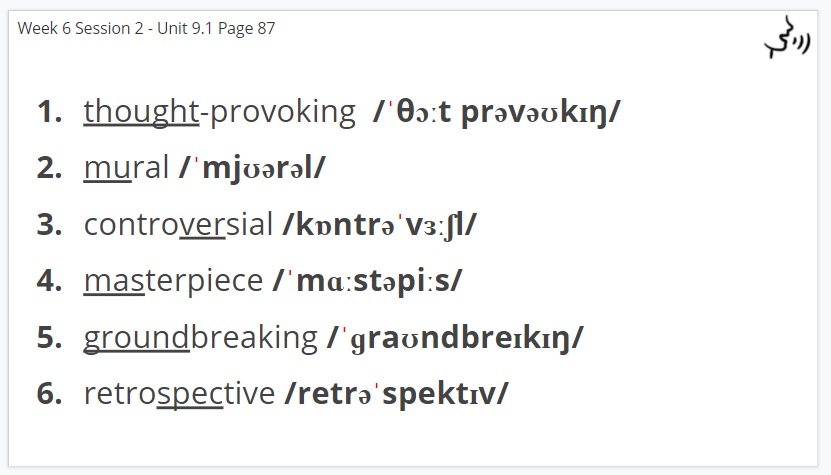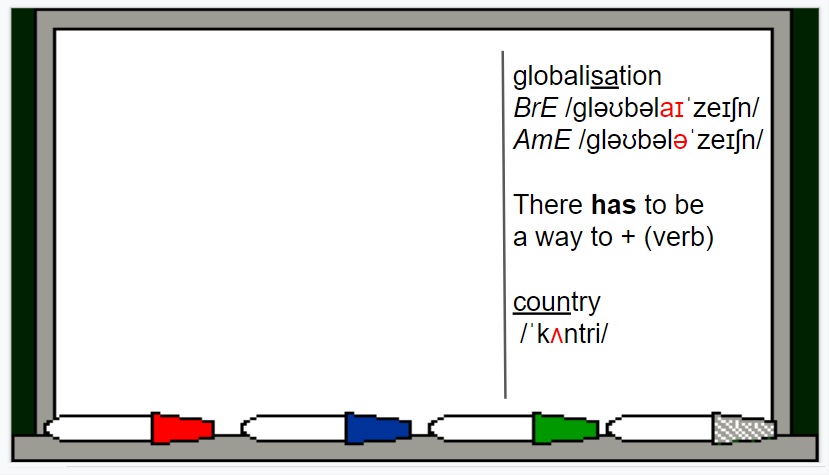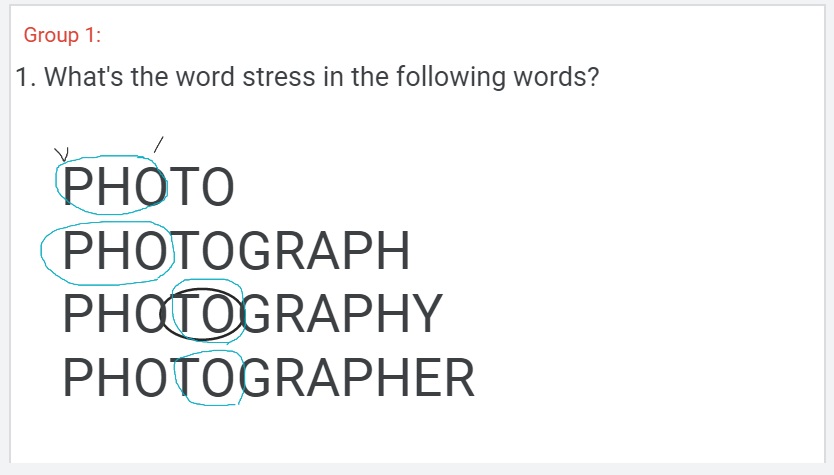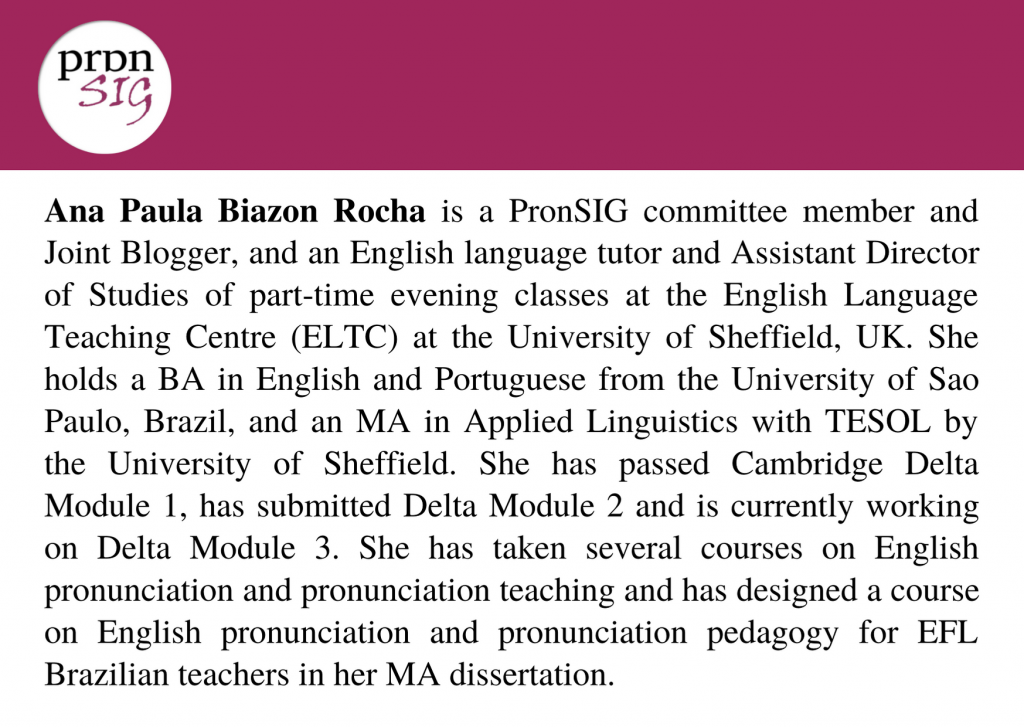by Ana Paula Biazon Rocha
If researchers and experts in English pronunciation and pronunciation pedagogy were asked the question posed in the title, I guess most of them, if not all, would probably answer, ‘ALL THE TIME’. That is how important pronunciation is, or should be, within second language learning and teaching. However, many of us teachers may wonder what teaching pronunciation all the time exactly means. Therefore, in this post, we’ll reflect on this and see practical examples of how to integrate pronunciation teaching in whatever we do in class.
In a seminal article about pronunciation teaching, Morley (1991) defines pronunciation as a sub-skill of speaking and listening in terms of communicating effectively. Levis and Grant (2003) also argue in favor of the integration of pronunciation in speaking-focused classes to meet learners’ communication needs. That is, if we aim to teach English so our students can engage in authentic communication successfully, we should provide them with a great number of listening and speaking practice activities, which undeniably feature pronunciation.
Nevertheless, pronunciation is not only about listening and speaking. We can also associate it with the teaching of vocabulary, grammar, reading and spelling (Jones, 2016). That is why pronunciation should be integrated within the English class, not in the remaining five minutes of a Friday lesson, when teachers and students are tired and just need something to finish off the week.
Thus, let’s check some practical examples of how to integrate pronunciation teaching into our everyday English lessons:
1. Considering the paramount importance of vocabulary in language learning, whenever we are to teach a new set of words/expressions, a significant part of that is to have learners practice the pronunciation of the vocabulary items, especially focussing on word stress. Here’s an example of when I was teaching my students vocabulary to describe art and artists a few weeks ago (Cotton, Falvey & Kent, 2014, p. 87):

2. Adding to that, whenever incidental vocabulary appears during the lesson, don’t forget to list it on the board or in the chat box highlighting pronunciation:

3. We usually include quick reviews as warm-up in our classes to refresh learners’ memory. Why not do that by involving pronunciation as well? Here’s an example of a warm-up activity in my online lesson last week, when I asked students to discuss and answer the questions given in groups. I used Jamboard so that learners could draw and ‘write’ on it:

4. After listening or speaking tasks, for example, we usually provide learners with feedback on their performance and use of language. This is a crucial learning moment as students get to revise and learn from their mistakes, and ask questions, so pronunciation work is essential:

5. In listening tasks, we should focus on teaching learners how to listen, and one fruitful way for them to deal with their difficulties and notice phonological features that get in the way of their comprehension is to use audio scripts. Rather than playing the listening passage countless times to see if students can finally get the correct answers, provide them with the audio script and ask them to read and underline the parts that they could not understand when listening. Then, play these parts again and draw learners’ attention to word/sentence stress and features of connected speech such as linking and weak forms. According to Hancock (2020, p. 63), such practice tackles our learners’ difficulty recognising function words, such as pronouns, auxiliary verbs, prepositions, and articles, instead of new complex vocabulary items. What an excellent chance to raise their awareness of weak forms in fast, spoken English, right?!
6. When teaching grammar, although one of the classic examples of pronunciation input is the past -ED verbs, it only makes sense to teach them if we show students the effect of different forms to pronounce the final -ED in connected speech. In other words, having students meaninglessly repeat ‘want – wanTED /wɒntɪd/’ is unlikely to aid their perception and production of the language, unless we contextualise it and raise their awareness of linking, elision and weak forms:
‘I wanted‿to tell‿you something’
/aɪ ˈwɒntɪtə tɛljə ˈsʌmθɪŋ/.
To sum up, integrating pronunciation teaching in everything we do in our English classes aims at supporting students in their language learning process. Despite time and course syllabuses constraints, which, I know, pressure us when preparing and teaching lessons, there should always be a chance, even if it is a really tiny one, to draw our learners’ attention to pronunciation. As you can see, we do not need to prepare a specific class on pronunciation, we definitely cannot afford that, especially in contexts where English is taught as an additional part of the curriculum, maybe for one or two hours a week. However, this does not mean that we should not change the way we teach the language and incorporate a bit more of pronunciation into our practices. Our learners will definitely thank us!
For more on how to integrate pronunciation in English lessons, please check the references below. They have been extremely useful to me, so I hope they help you too.
Don’t forget to check the previous blog posts on pronunciation teaching here, as well as follow PronSIG on social media and leave your comments below.
References
Cotton, D., Falvey, D. & Kent, S. (2014) New Language Leader Upper-Intermediate Coursebook. Harlow: Pearson Education.
Hancock, M. (2020). 50 Tips for Teaching Pronunciation. Cambridge: Cambridge University Press. p 63-66.
Jones, T. (2016). Pronunciation in the Classroom. The Overlooked Essential. Alexandria, Virginia: TESOL Press.
Levis, J. & Grant, L. (2003). ‘Integrating Pronunciation into ESL/EFL Classrooms’, TESOL Journal, 12(2), p. 13-21.
Morley, J. (1991). ‘The pronunciation component in teaching English to speakers of other languages, TESOL Quarterly, 25, p. 481-520.



This post expresses everything I strongly believe in! Thank you, Anna. And I realized that I don’t work with audio scripts much…
My pleasure Krystina. Thanks a million for your comment! 🙂
(Ana)
Very good
Hi Maftuna. Thanks a million for that. 😉
(Ana)